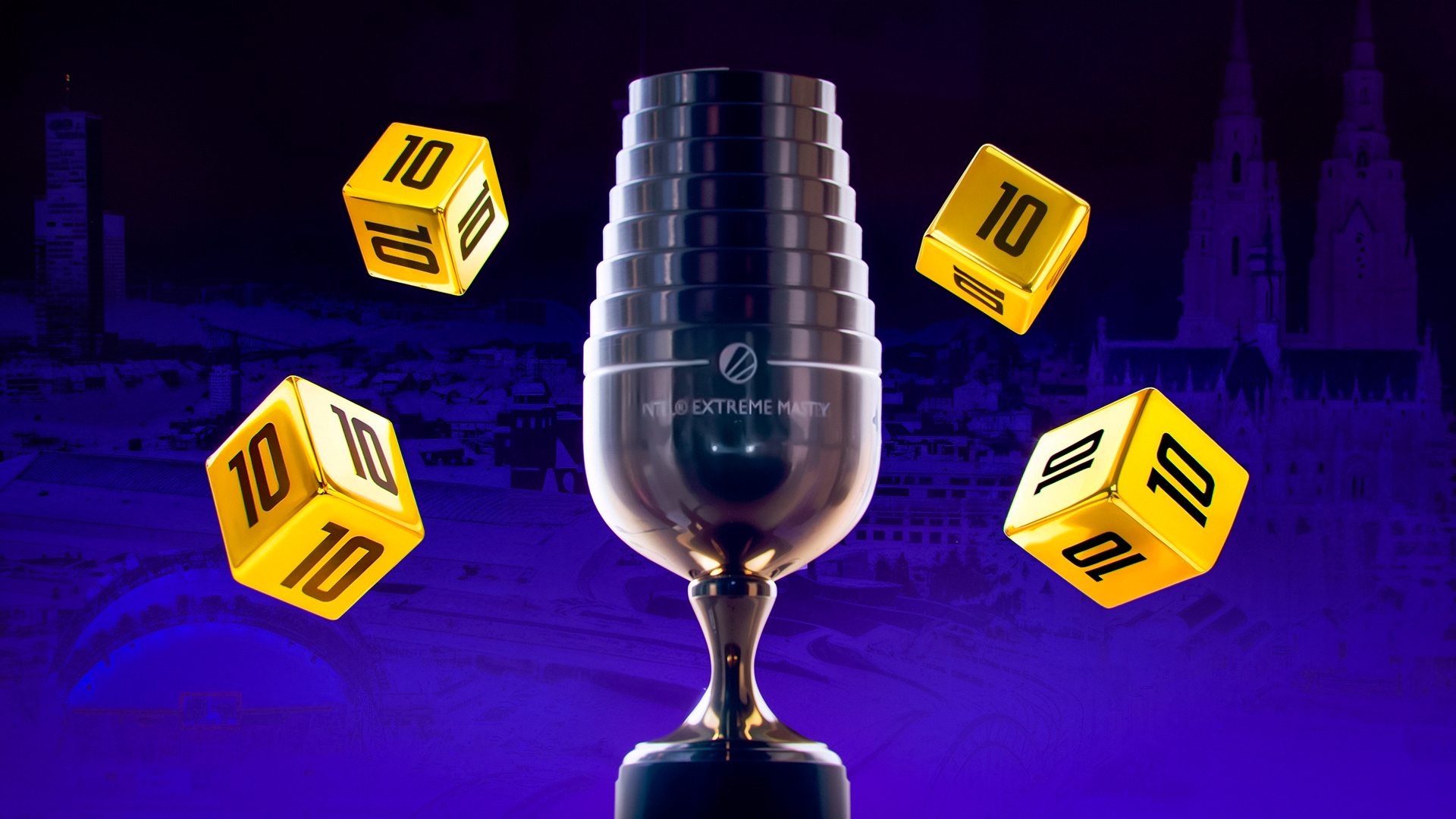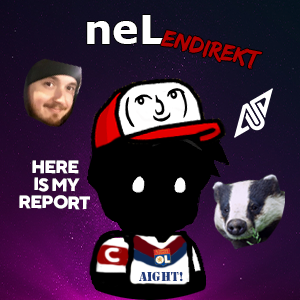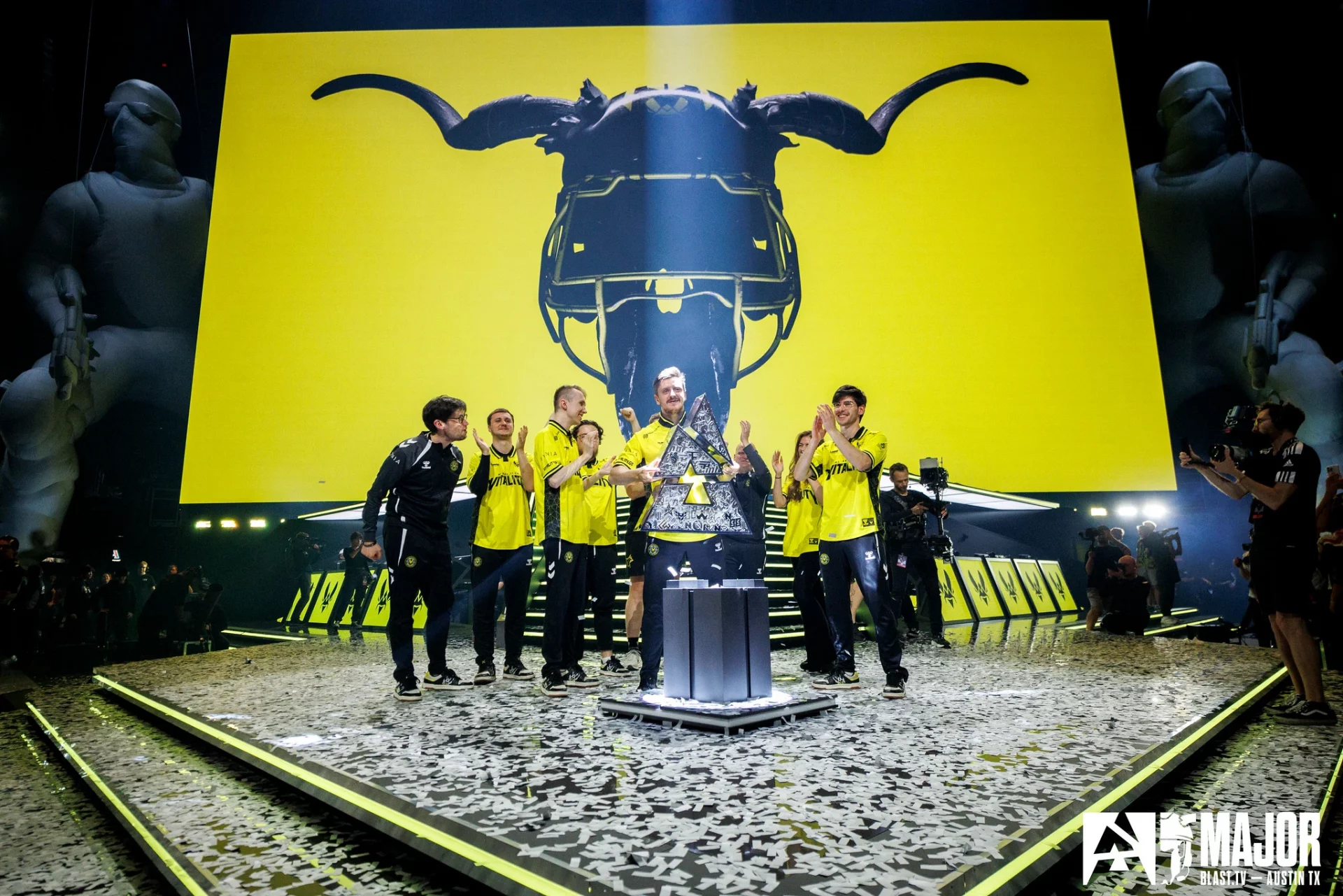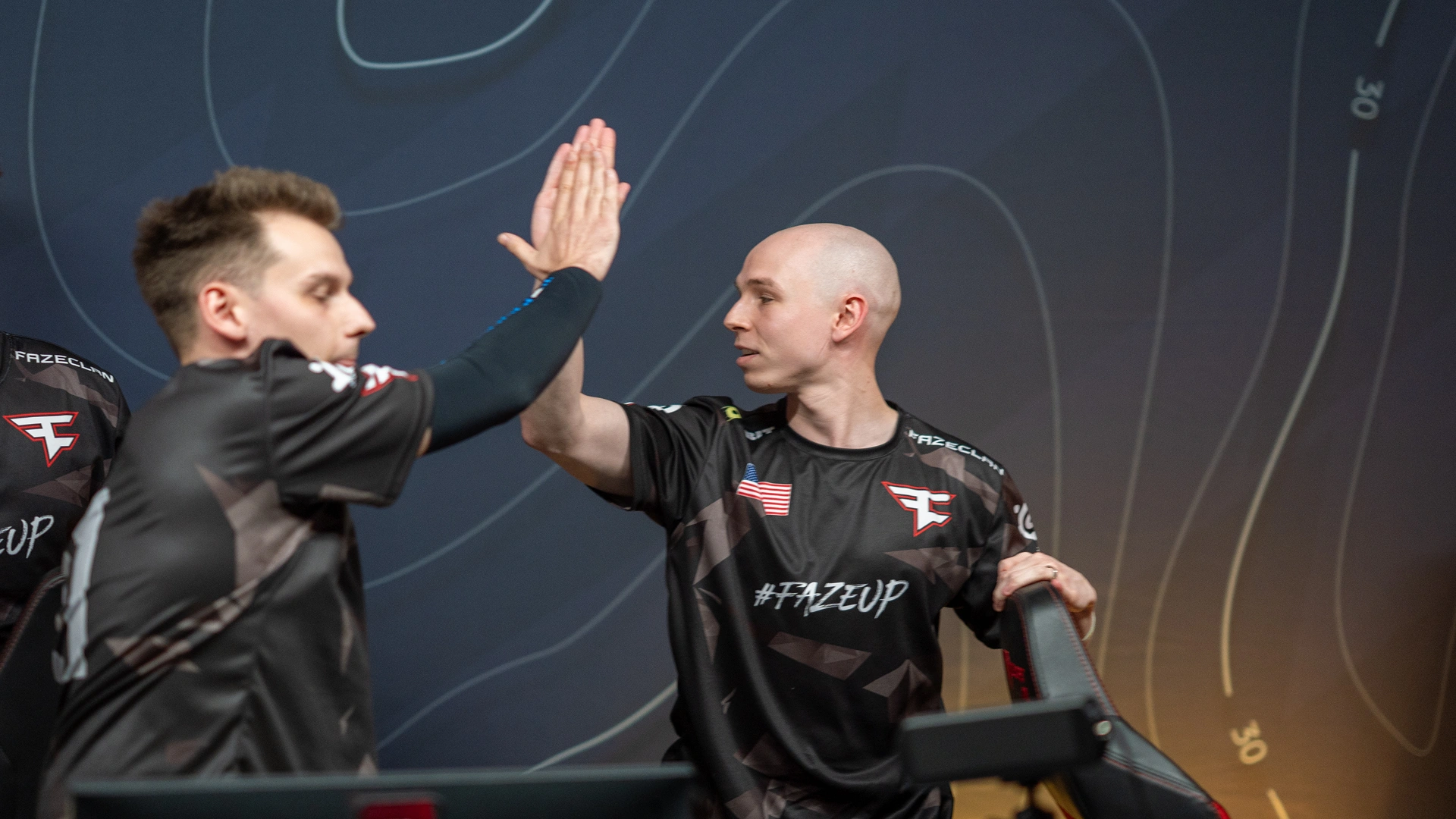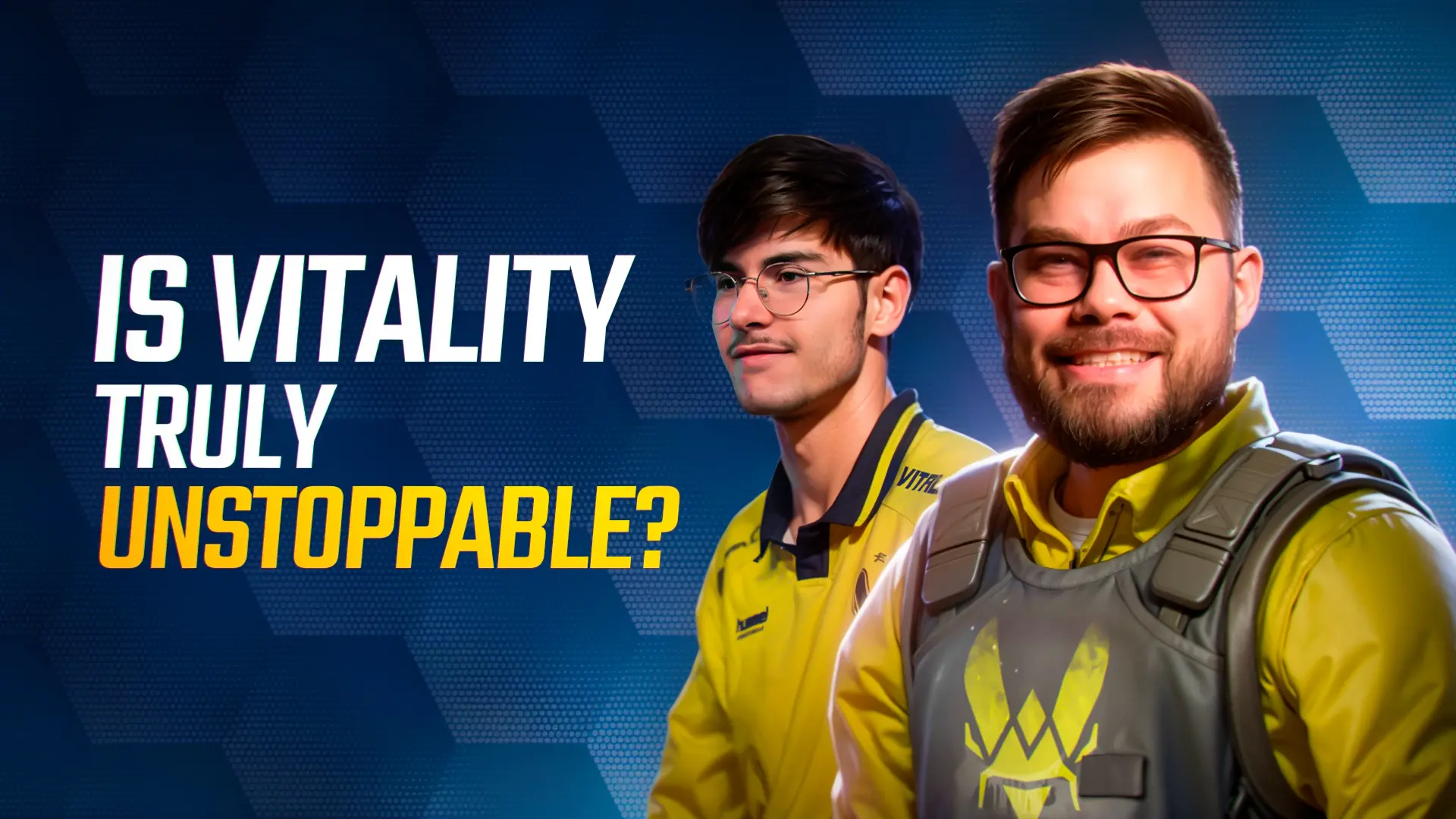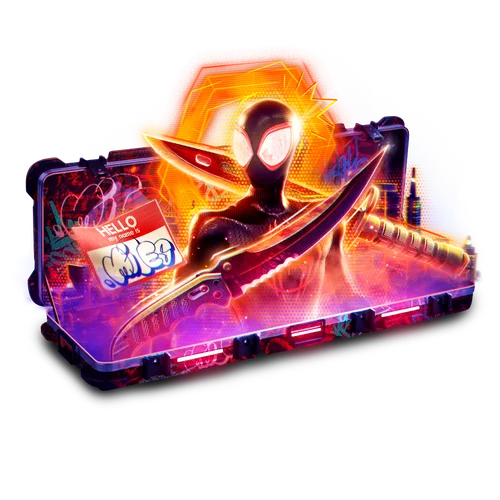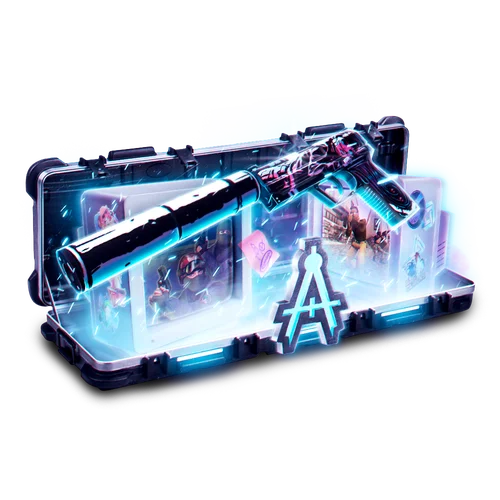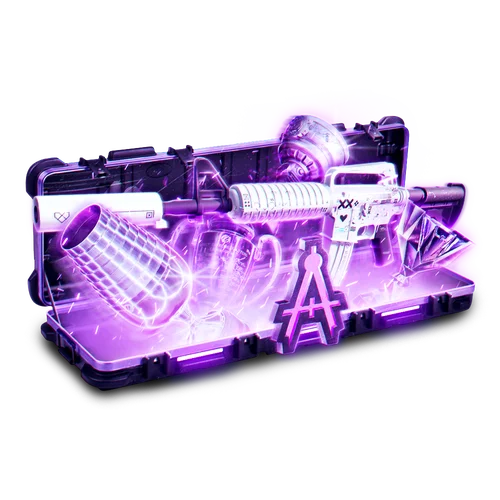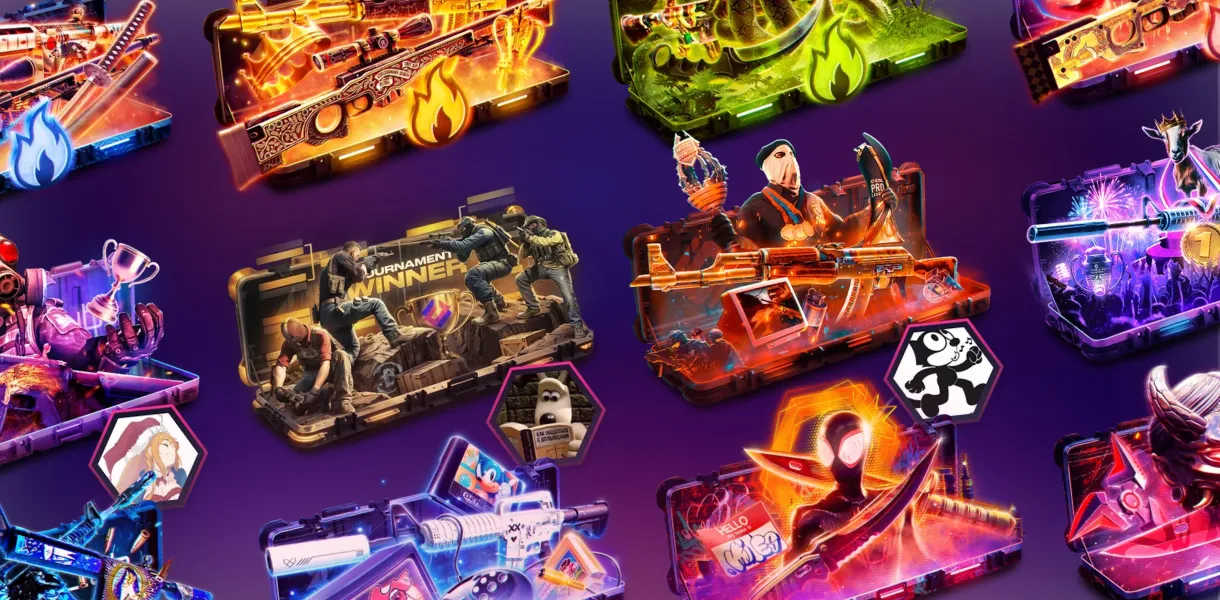Some tournaments matter. Others leave a mark. And then there’s Cologne. Every summer for the past 10 years, Cologne becomes more than just a German city. It becomes a temple — a place where legends are born, careers collapse, and Counter-Strike passion erupts in a storm of screams, clutch moments, and broken dreams.
Over the years, IEM Cologne has established itself as the mythical tournament of the CS circuit, maybe even the greatest. But how did this stop on the German map become something more than just another LAN?
The Birth of a Myth
ESL was born in Cologne. And that’s where Counter-Strike took some of its first big steps, with notable 1.6 events as early as 2004. After a few years of absence between the end of 1.6 and the early CS:GO era, the return was loud and clear — first with the EMS RaidCall in 2013, and then, everything accelerated.
In 2014, Valve had just introduced the concept of Majors. DreamHack Winter 2013 laid the foundation, but 2014 is when the machine really took off. Katowice raised the bar, and Cologne confirmed the rise. The competition was iconic: Ninjas in Pyjamas finally lifted a trophy after so many grand final heartbreaks. The first, and only, Major for f0rest and GeT_RiGhT in CS:GO. But the best was yet to come.
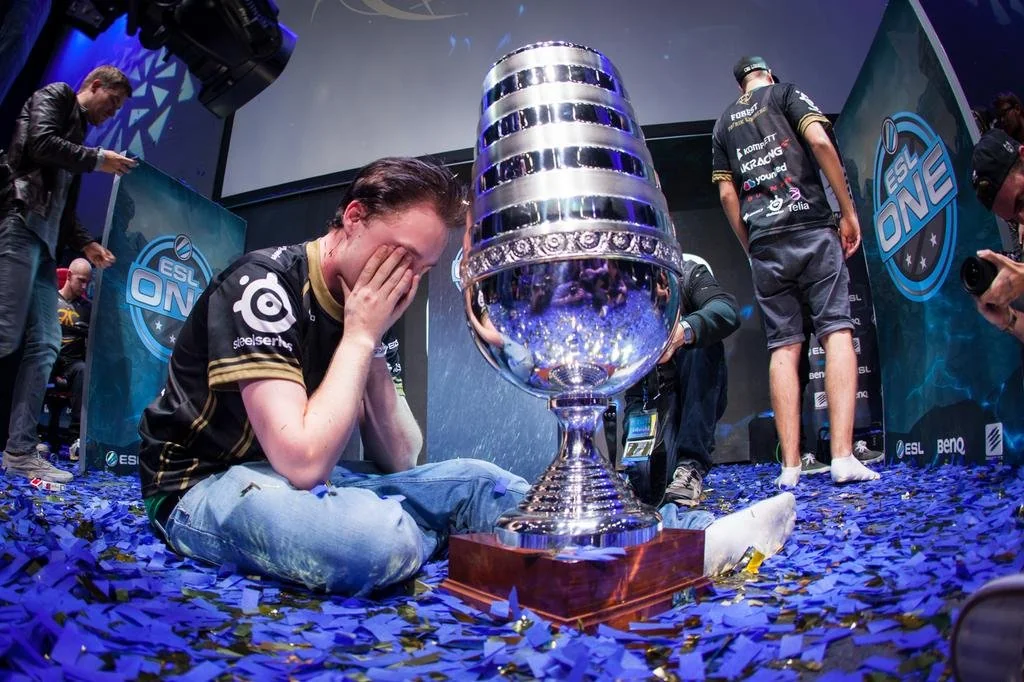
One Arena, Ten Years of History
It all starts with a stage. The Lanxess Arena, nicknamed the Cathedral of Counter-Strike. Over 15,000 fans, waving flags, chanting team names, creating an electric wall of sound. It’s more than a crowd — it’s a force. Players themselves say it: playing in Cologne hits differently. The pressure, the adrenaline, the honor.
Since the ESL One Cologne Major in 2015, this arena has entered the game’s history. For the first time, Counter-Strike had the grandeur it deserved — a venue matching the game’s scale and a crowd that matched the passion. And the show delivered: Kinguin’s Cinderella story, NiP’s last Major final, fnatic’s dominance, and kennyS’s tears. And that was just the beginning.

Moments That Became Legends
The legend started quickly. Who could forget apEX walking into four AWPing fnatic players mid? A moment so iconic it was literally spray-painted onto the walls of Dust2.
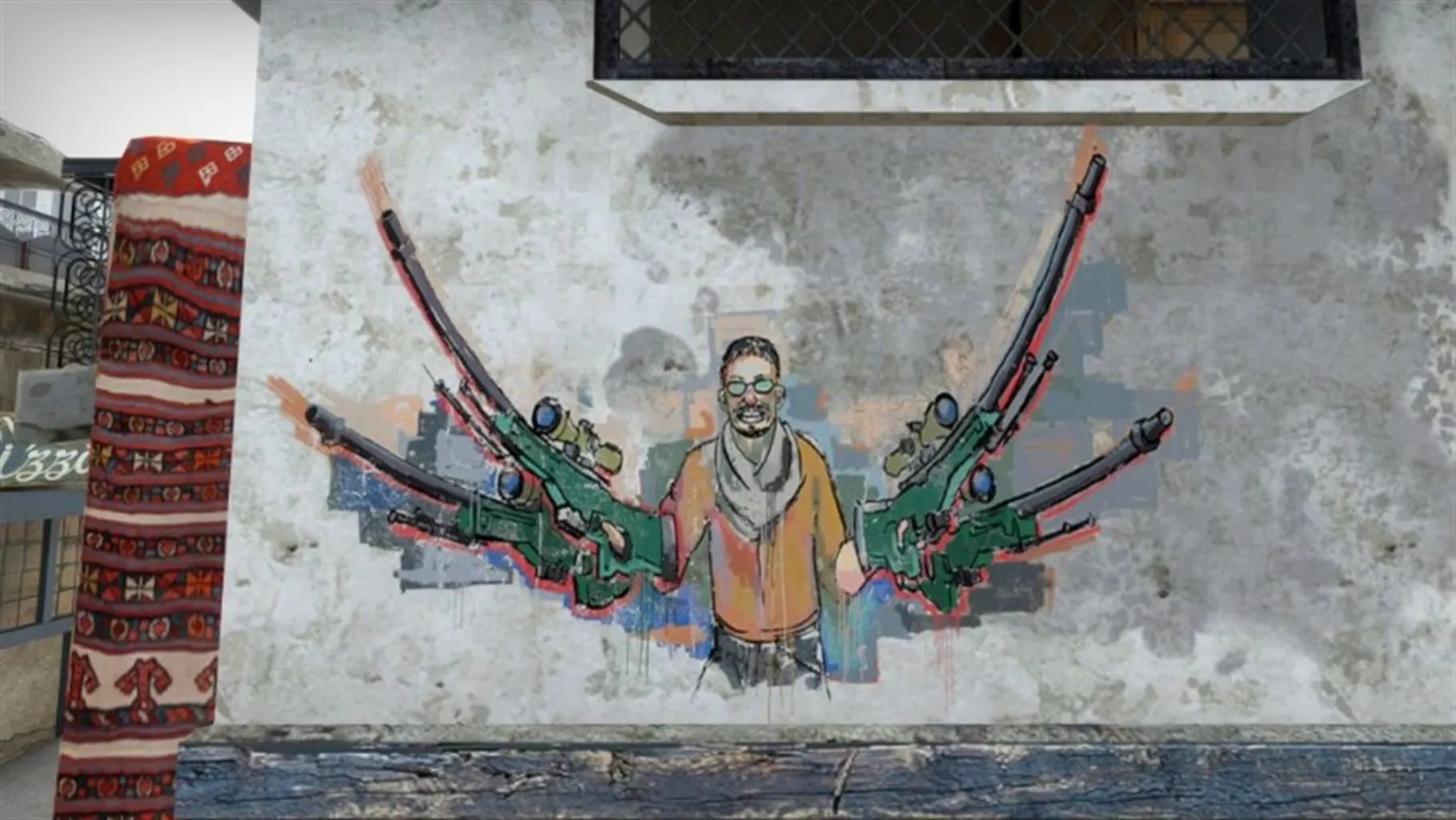
In 2016, Cologne gave us one of CS’s all-time clips: s1mple’s no-scope falling AWP 1v2 clutch against fnatic. That single play began to carve the legacy of a future CSGO titan.
In 2018, BIG’s home soil miracle run lit the crowd on fire. They beat MIBR, G2, and FaZe, only to fall to s1mple’s NAVI in the final.
Then came 2022: FaZe vs NAVI. A BO5 final that stretched into the depths of Nuke, filled with tension, brilliance, and an atmosphere rarely matched in esports. It’s still regarded as one of the greatest CS:GO matches ever.
And there are so many more moments: the SK vs VP football match in 2017, Liquid’s 2019 victory over a rising ZywOo, the COVID break in 2020, the first LAN return in 2021, the ENCE surprise run in 2023, and finally apEX’s fairytale win in 2024.
No Stickers, Just Legacy
For its first three years (2014–2016), Cologne was a Major. Lanxess Arena hosted two of them. But what made Cologne special is what came after. Even when Valve moved Majors elsewhere, Cologne kept its crown. Because nothing beats history.
Technically, it’s not a Major anymore. But in some ways… it’s better. No stickers? Sure. But the atmosphere, the crowd’s loyalty, and the emotional weight — that’s something no status can buy. For many pros, winning Cologne means just as much as winning a Major.
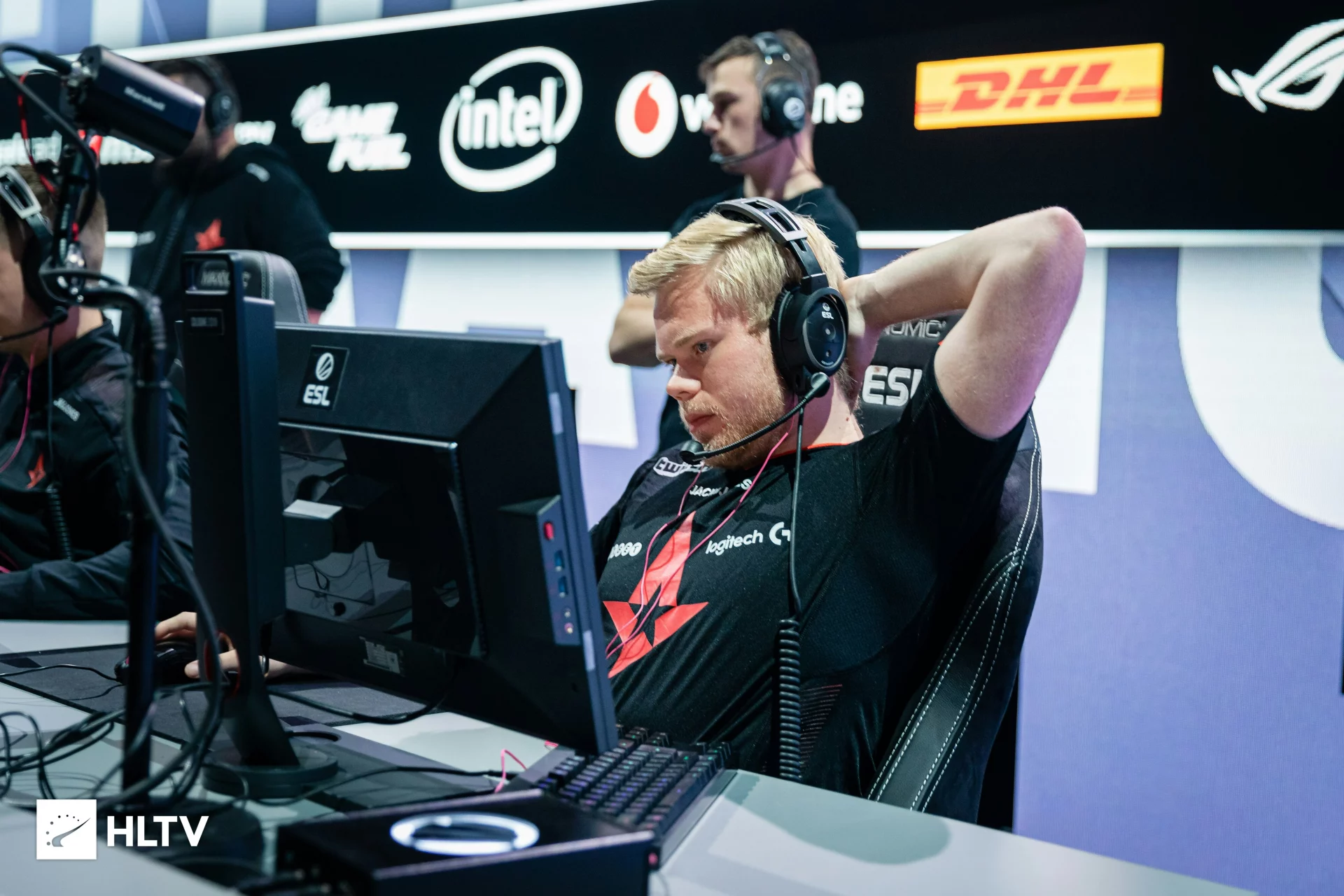
GeT_RiGhT, f0rest, olofmeister, flusha, FalleN, coldzera, s1mple, electronic, EliGE, karrigan, Twistzz, NiKo, m0NESY, apEX, ZywOo… All of them have shone in Cologne. And paradoxically, Astralis, the greatest team in CS history, never lifted the Cologne trophy, falling in the semi-finals five times (2018, 2019, 2021, 2022, 2023, and even 2015 for the original dupreeh-device-Xyp9x trio).
The level is always high. The giants are always present. The hype never dies. When summer arrives, all eyes turn to Cologne like it’s a World Cup or Champions League final. No matter the HLTV rankings or meta — anything can happen in Cologne.
The Heart of Counter-Strike
There’s something almost romantic about this tournament. Cologne often means revenge, rebirth, upsets, or final goodbyes. Some teams arrive in crisis and leave as champions. Others say farewell on stage, cheered one last time by a standing crowd.
Cologne creates raw emotion. No filters. It’s no surprise that so many fans dream of attending — like a pilgrimage. To see it. Hear it. Feel it. To experience what Counter-Strike can be at its purest, loudest, and most beautiful.
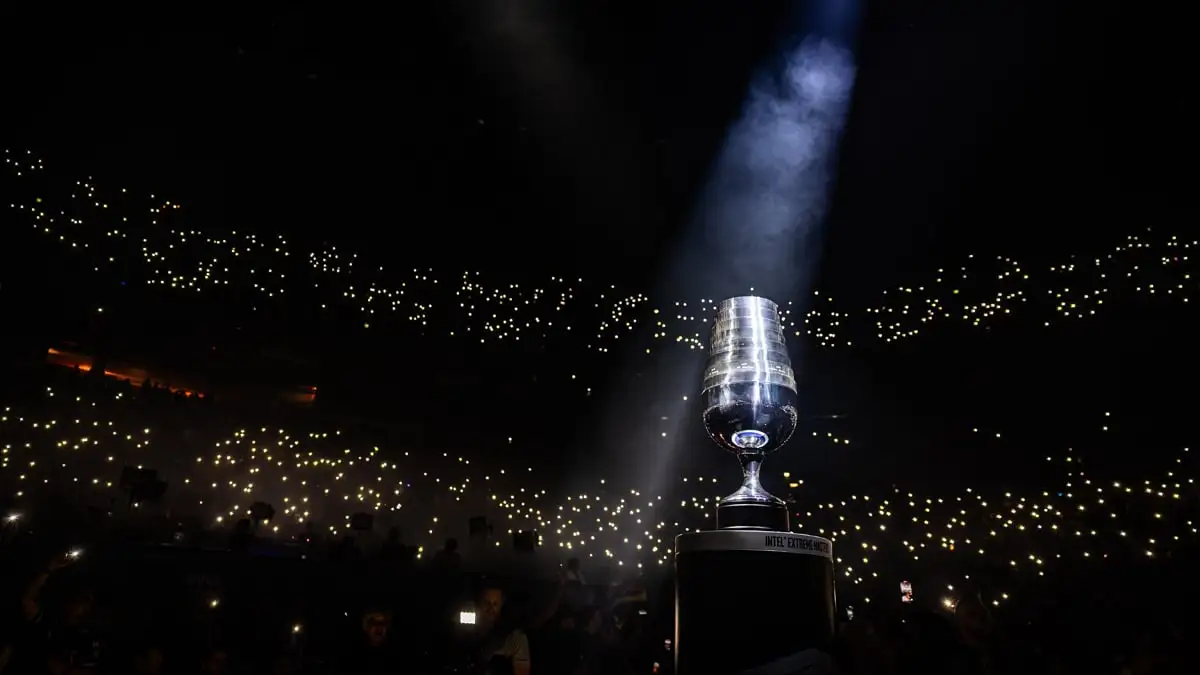
And for the players? There’s one more reason Cologne feels different. Because here, the winner doesn’t just lift a trophy — they lift THE trophy. A massive silver monument, engraved with ten years of legends, shining under the lights of the Lanxess stage. Raising the IEM Cologne trophy is not just a victory. It’s becoming part of the game’s sacred history.
IEM Cologne isn’t just a tournament. It’s a monument. A date carved into the marble of an esport that never stopped evolving. And every summer, the legend continues to grow. This year marked the 10-year anniversary. Maybe in 2026… we’ll witness something even greater.





























